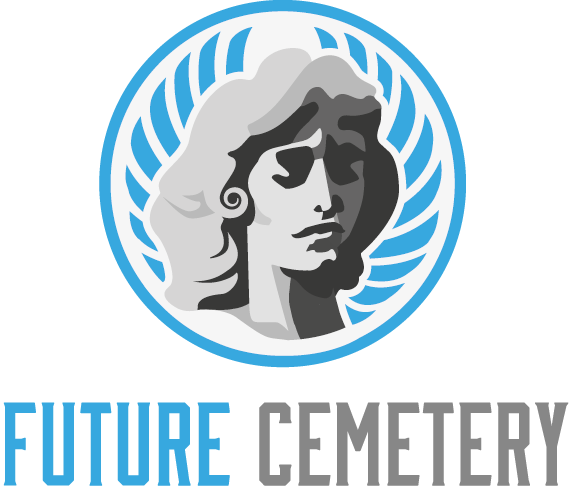Cemetery Design can be a complex process that requires a lot of planning and forethought. Every Cemetery should have a Master Plan that takes into account the future needs of the property.
A good cemetery design adds value. For example, a plot near a scenic area or park feature will command a premium price.
Landscape Design
A cemetery is a place that requires special attention to the landscape. Creating an environment that is inviting, calming and a place of remembrance is important for the visitor experience.
Incorporating historical and cultural elements is another way to provide a space that resonates with visitors and reflects the societal shifts of its time. This may be done through the use of specific architectural styles, materials or construction techniques.
Using biomimetic design to incorporate the principles of nature into a project is an effective way to create a meaningful, healing environment. This can be achieved through the use of plants and water features.
Having an understanding of the plant types, planting schedules and maintenance needs for each area of your cemetery is essential to maintaining its beauty and function. For example, a cemetery with many naturalistic landscape features that require low maintenance will have a higher return on investment compared to one with a lot of manicured lawns that need regular mowing.
Headstone Design
The design of headstones and memorials should reflect the individual personality of each deceased person. Families may choose a flat marker or a carved statue that conveys their loved one’s unique interests and life story. Symbols often used on headstones include crosses, angels, and doves, representing faith and peace. Alternatively, religious verses or references to eternal life are frequently inscribed.
The use of light in architectural design is a key element to cemetery design. It affects ambiance and creates visual effects that enhance textures and highlight the etched details of a headstone.
The size of a headstone is also important. A larger monument can serve as a focal point for an entire family plot. This type of memorial typically features the name and epitaph for the deceased, with smaller grave markers placed alongside to honor other family members. The most common headstone material is granite, which is available in a variety of colors and allows for customization.
Master Plan
A master plan is a road map for a cemetery’s future, identifying how and where to grow. It helps define the cemetery’s vision and goals, which are often informed by demographic studies, environmental assessments, infrastructure evaluations and other research.
It is crucial to engage a variety of stakeholders in the planning process. This includes cemetery staff, board members, community leaders and local government representatives. Involving a wide range of stakeholders ensures diverse perspectives are considered and fosters a strong sense of ownership and support for the project.
During the master planning process, it is also important to develop a phased implementation strategy. This approach allows for flexibility and helps manage costs and resources effectively. Additionally, it can help prioritize initiatives based on urgency, feasibility and funding availability. This includes exploring grant and loan opportunities, as well as implementing revenue projections to support the development of new services.
Visitation Areas
A cemetery is a place of solemnity and reflection, and visitation areas are designed to facilitate this. These spaces often include paths with linden trees, and some are dedicated to specific religions, nationalities or social organizations. Some cemeteries also offer columbarium walls for cremated remains.
In the past, when epidemics and other diseases caused frequent deaths, families would frequently visit their loved ones at their gravesites or churchyards. Nowadays, people are less inclined to visit a cemetery, and many prefer the idea of having a memorial service at home instead.
If you decide to visit a gravesite, it’s important to respect the place and follow the rules of the facility. This means avoiding loud conversation, laughing or any other behavior that could disturb others in the cemetery. Additionally, it is not a good idea to bring any items that are forbidden by the cemetery’s policies. You should also avoid any permanent changes to a gravesite without explicit permission from the cemetery.
